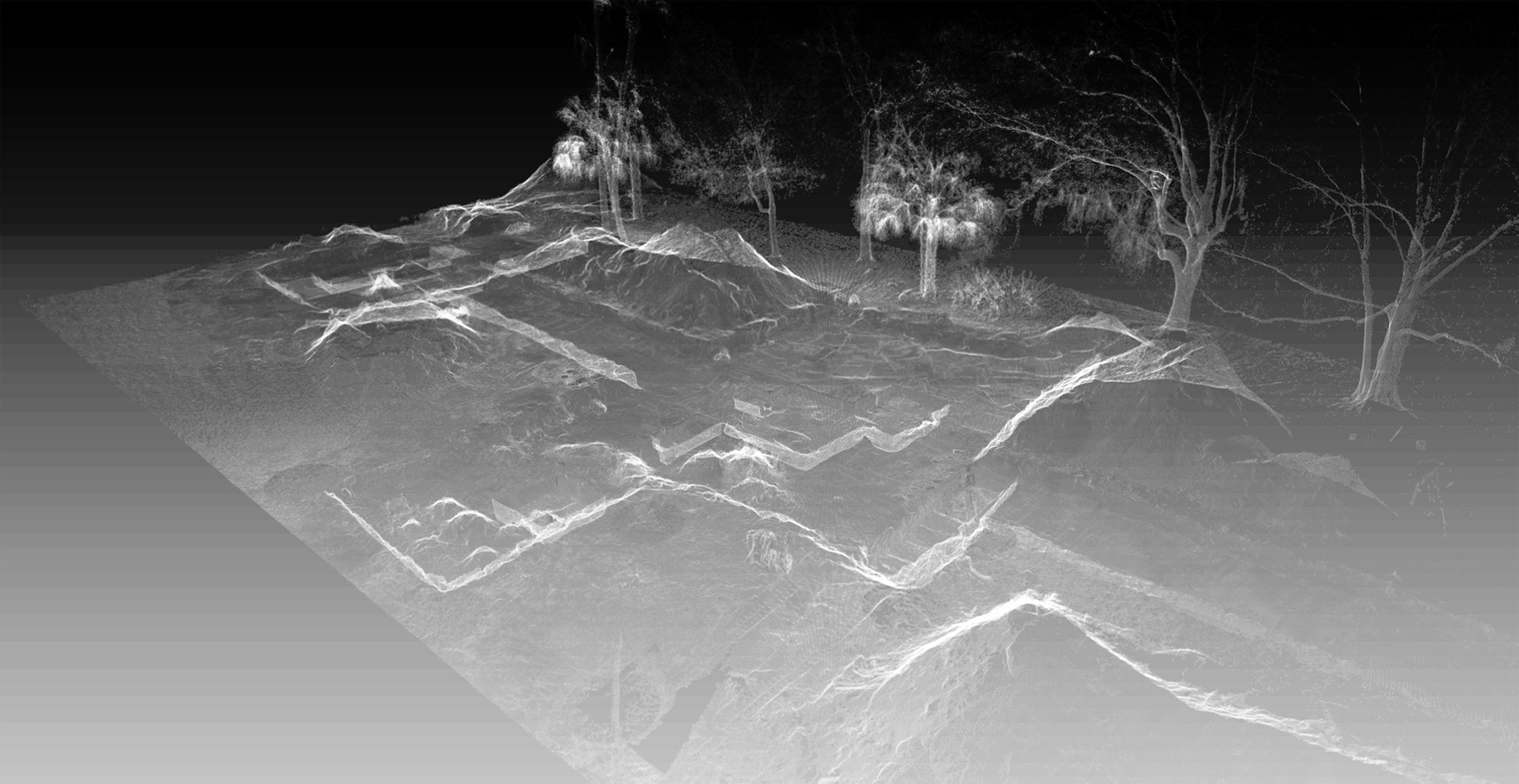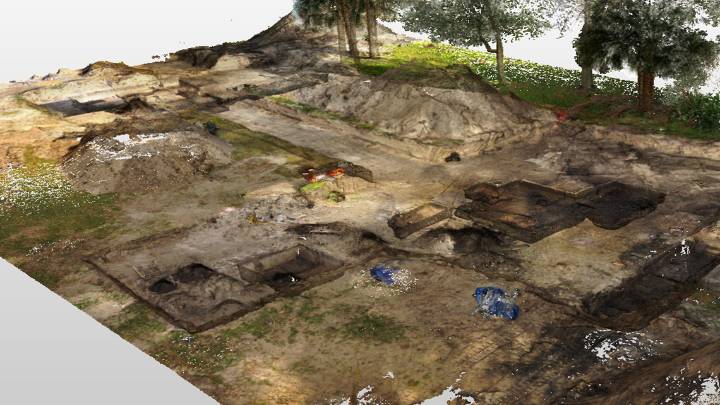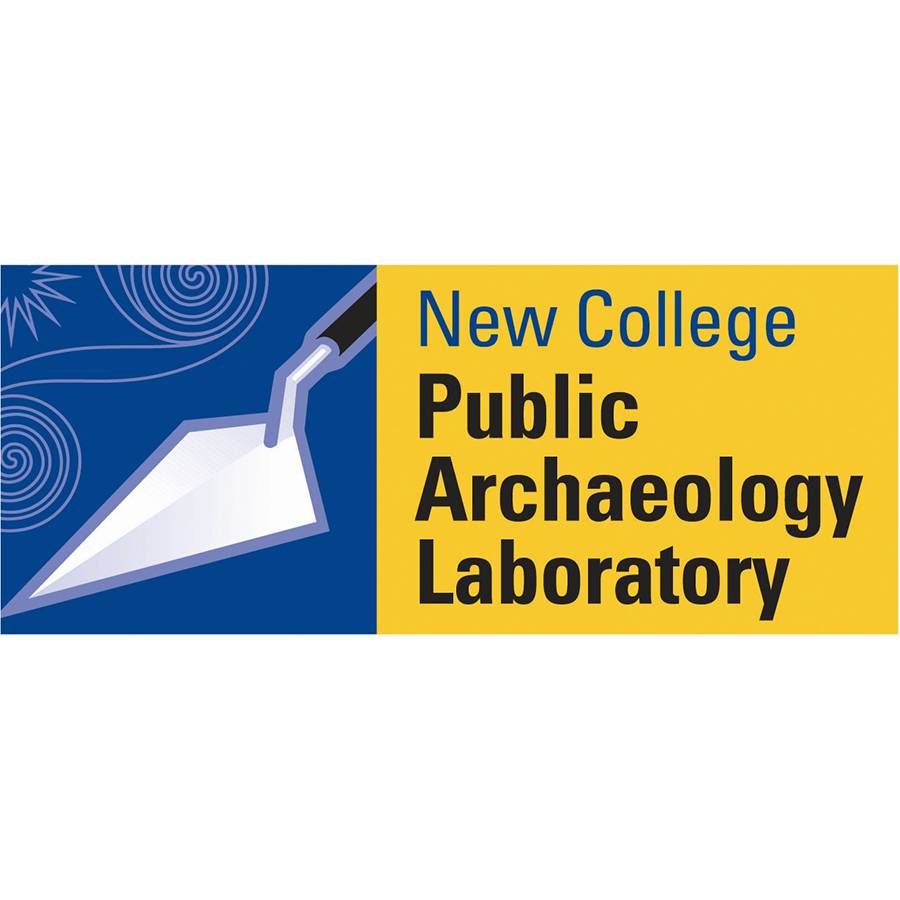Lab Projects
Digital Archaeology at Manatee Mineral Springs

In the early 19th century, people escaping enslavement and seeking freedom in Spanish Florida, and runaway slaves from Georgia and the Carolinas, congregated near the shores of the Manatee River. The Freedom Seekers of Angola, as they are now known, consisted of up to 700 people who occupied a defensible location that shielded them from detection by outsiders. For several decades, this Angola “maroon” community grew and thrived while maintaining trade relationships with Cubans and Seminoles.
In 1821, Spain turned over Florida to the United States, and allies of General Andrew Jackson quickly moved to destroy Angola, and to continue military assaults at Prospect Bluff (1816) and Suwannee (1818). The settlement was looted and burned to the ground. Survivors scattered throughout the Florida peninsula; some were sent into slavery and others escaped to the British Bahamas, where they and their descendants lived in freedom on Andros Island.

Recently, Reflections of Manatee, Inc., long-time stewards of the Manatee Mineral Spring, and Uzi Baram, director of the New College Public Archaeology Lab excavated this important site, with the goal of sharing the many invisible histories of Angola with the public. These stories represent the courage, resilience, and self-determination of Angola’s early inhabitants.
Access 3D Lab joined the project in order to digitally document the excavation as it unfolded, with state-of-the-art Faro Focus terrestrial laser scanners. The accuracy of the 3D scan data, which is +/- 2mm over the entire site, allows archaeologists to revisit and re-evaluate stratigraphy, features, and in-situ finds after the exaction is complete. This is particularly valuable for research on the Angola period, which is demarcated by a thin, even ephemeral layer under a dark soil lens visible across much of the archaeological site.

Archaeological findings of Angola facilitated the extension of Bradenton’s Riverwalk to the Manatee Mineral Spring and the expansion of the historic park as its eastern terminal. With twin concerns for development and rising sea levels along the Manatee River, the extensive excavations in January 2020 provided materials and insights for representations of the freedom-seekers of the Manatee River. The Back to Angola festival brings residents of Red Bays, Andros Island in The Bahamas, to Bradenton to celebrate where their ancestors lived two hundred years ago. Exhibits at Reflections of Manatee, Inc., show the results of the archaeological research and the meaning of freedom to the public. Manatee Mineral Spring park has heritage interpretative signs to inform those enjoying Riverwalk’s leisure and entertainment.


